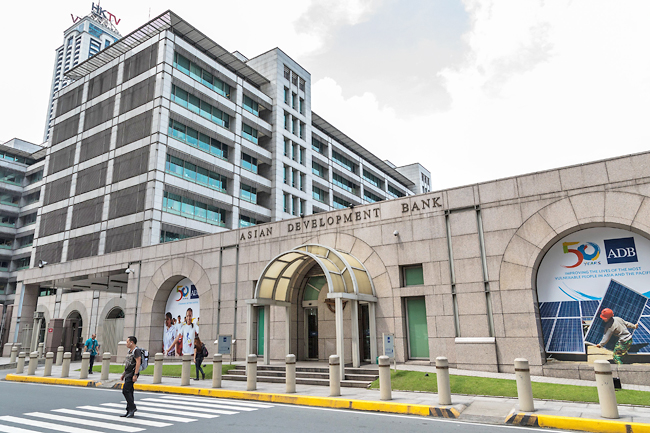Azlan Othman
Three main headwinds continue to hamper recovery in developing Asia: Recurrent lockdowns in China, the Russian invasion of Ukraine, and slowing global growth, according to the Asian Development Outlook 2022 Supplement released by the Asian Development Bank (ADB) recently.
In addition, inflation continues to accelerate in economies throughout the Asia-Pacific on high energy and food prices, mainly due to the crisis in Ukraine.
The report noted that growth forecasts for the region are revised down from 4.3 per cent to 4.2 per cent in 2022 and from 4.9 per cent to 4.6 per cent in 2023. East Asia’s growth forecasts are revised down to 2.9 per cent in 2022 – due to the mobility restrictions mentioned above plus deep contraction in Hong Kong, China – and down to 4.0 per cent in 2023.
The South Asian forecast for 2022 is maintained at 6.5 per cent but revised down marginally for 2023 from 6.5 per cent to 6.3 per cent following a slowdown in Bangladesh and flooding in Pakistan. The growth domestic product (GDP )growth forecast for Southeast Asia in 2022 is revised up to 5.5 per cent thanks to higher forecasts for Malaysia, the Philippines, Thailand, Timor-Leste, and Vietnam after surprisingly robust third-quarter performances. Stronger consumption, exports, and services, particularly for tourism, lifted growth forecasts for these economies. No figures were available for Brunei Darussalam.
However, these growth rates are unlikely to be maintained as global demand weakens.
Forecasts for Indonesia, Malaysia, the Philippines, Singapore, Thailand, and Vietnam are adjusted down to 4.7 per cent in 2023. Consumer and business confidence are likely to be affected by high inflation and rising interest rates, while government spending may be curtailed under constrained public finances.


Many Southeast Asian central banks have raised policy rates in response to rising global interest rates, capital outflows, currency depreciation, and accelerating inflation with higher global food and energy prices.
The inflation forecast for Southeast Asia in 2022 is revised down slightly as lower forecasts for Indonesia and Vietnam are offset by higher forecasts for Malaysia, the Philippines, and Singapore.
However, the sub-regional inflation forecast is revised up for 2023 as imported inflation is expected to remain significant for some time. Double-digit inflation in Laos and Myanmar is foreseen continuing in 2023, aggravated by weaker currencies and external imbalances.
The report also said that inflationary pressures are likely to come from further currency weakness over the coming months as the United States (US) Federal Reserve (Fed) continues to hike interest rates. No figures were also available on inflation forecast for this year and next year. Meanwhile, the Brunei Darussalam Central Bank (BDCB) in its report recently said looking ahead, domestic inflation and global inflation in the Sultanate will remain elevated over the near-term.
Given the Sultanate’s monetary policy with the value of the Brunei dollar at par with the Singapore dollar, several tightenings of Monetary Authority of Singapore’s (MAS) monetary policy this year are expected to dampen the effects of imported inflation to the domestic economy. BDCB’s inflation forecast for Brunei is expected to be in the 3.5 to 4.5 per cent range.
Additionally, the ADB said growth prospects in the Caucasus and Central Asia are adjusted up from 3.9 per cent to 4.8 per cent in 2022 as spillover from the Russian invasion of Ukraine has been more benign than expected. The growth forecast for the Pacific in 2022 is also revised up, from 4.7 per cent to 5.3 per cent on a strong tourism rebound in Fiji.
Regional inflation forecasts are revised down slightly for 2022 from 4.5 per cent to 4.4 per cent but upgraded for 2023 from 4.0 per cent to 4.2 per cent. Even with outlook
deterioration, developing Asia will grow more than other regions and suffer less inflation than most.
Multiple risks abound as the three main headwinds could worsen, along with geopolitical risks and climate change, the report said.


